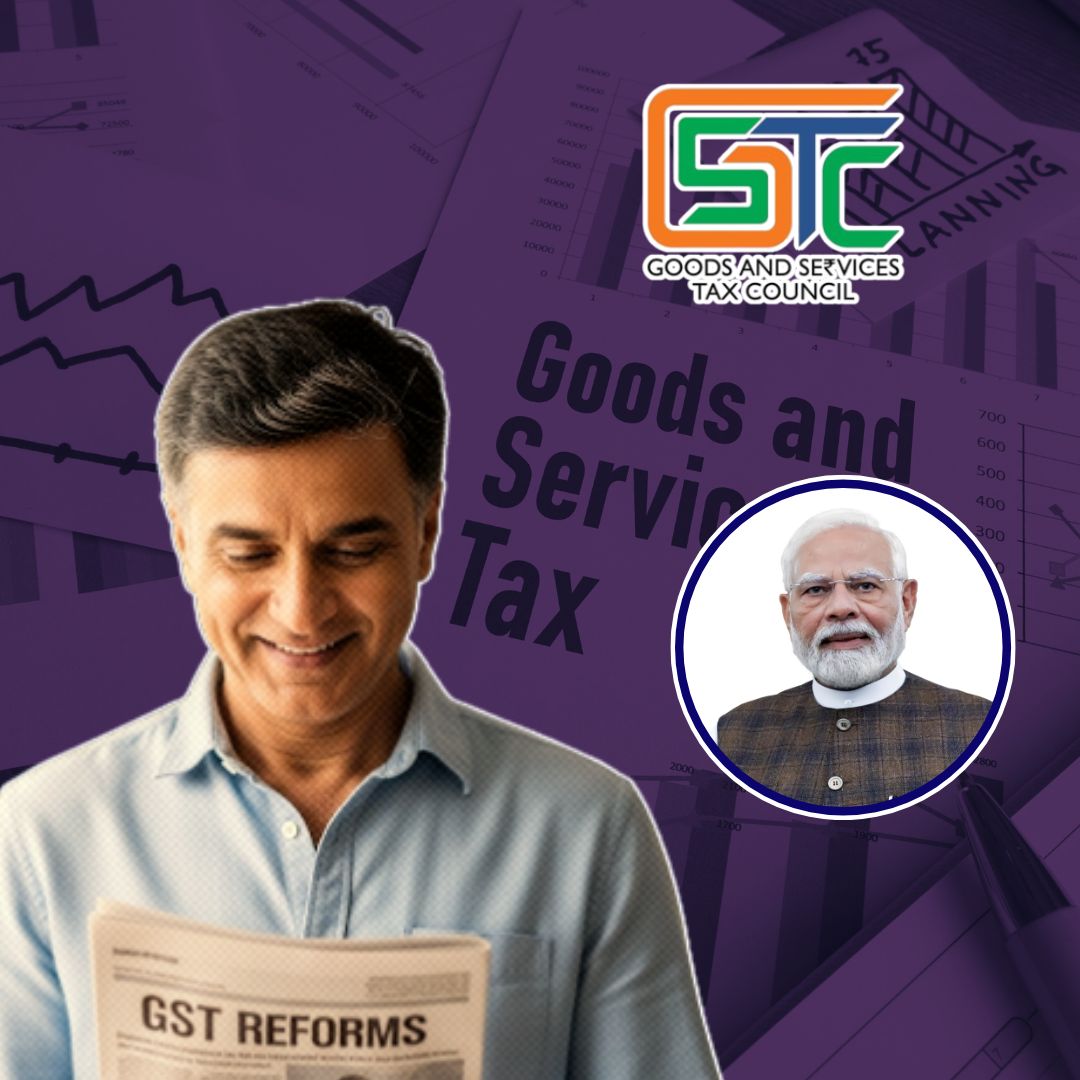The Goods and Services Tax (GST) Council is gearing up for a critical meeting in September 2025, where sweeping reforms to India’s indirect tax system are expected to be finalised.
These reforms, described by the government as “next-generation GST changes,” aim to simplify tax structures, resolve longstanding issues, and promote ease of doing business. As GST completes eight years since its landmark rollout in 2017, the proposed evolution looks set to reshape the tax landscape across the country.
Rationalising Tax Rates: A Clearer Structure Ahead
At the heart of the upcoming GST reform is a bid to rationalise the tax rates. Currently, GST has multiple tax slabs, including 5%, 12%, 18%, and 28%, among others. The government plans to remove the 12% slab entirely, which affects about 99% of items currently taxed under this rate.
These items will be redistributed primarily into just two main slabs: 5% and 18%. There will be an additional rate of 40% imposed on “sin goods” like tobacco and pan masala to discourage consumption of such products. This simplification is expected to reduce confusion among taxpayers and streamline compliance processes, benefiting traders, manufacturers, and consumers alike.
Officials from the finance ministry note that “simplifying GST slabs will significantly ease the compliance burden for businesses, especially small and medium enterprises.” The plan also includes addressing inverted duty issues, where tax credits do not align with actual tax payments, a problem that has long plagued manufacturers and traders alike.
A Group of Ministers, led by Bihar Deputy Chief Minister Samrat Chaudhary, has been working diligently on these recommendations, aiming to ensure the changes balance the government’s revenue needs with the interests of taxpayers.
Faster Registrations and Refunds to Boost Business
Beyond rate rationalisation, the reforms promise operational efficiency improvements. One of the flagship objectives is to speed up business registrations, with a target to complete registrations within three days in 95% of cases.
Faster approvals mean businesses can start operations sooner and benefit from formal compliance frameworks without delays. Additionally, the government intends to expedite GST refunds, helping improve cash flows for exporters and other businesses dependent on timely reimbursements.
These measures are designed to boost small business confidence and reduce friction in trade and commerce. For many entrepreneurs, the delay in getting GST refunds has been a major challenge, impacting working capital and investment decisions. By streamlining these backend processes, the GST Council hopes to nurture a more vibrant and compliant business environment.
GST’s Eight-Year Journey and the Need for Reform
Since its inception, GST was hailed as a historic tax reform to unify India’s complex and often overlapping indirect taxes under a single umbrella. It replaced multiple state and central levies and aimed to create a common market. However, GST’s journey hasn’t been without hiccups.
Multiple tax slabs, classification disputes, and administrative delays have sometimes led to confusion and higher compliance costs for businesses.
The 12% tax slab, in particular, has been a source of debate because it applied to many intermediate goods creating inefficiencies and inverted duty structures. Numerous goods faced higher input taxes than output taxes, hurting manufacturers financially.
The Centre has acknowledged these issues and set up forums to address them, including the Group of Ministers which finalized many recommendations through 2024 and early 2025. The government now wants to deliver these reforms swiftly, ideally by the Diwali festival season, to benefit both businesses and consumers.
The Logical Indian’s Perspective
As India moves towards simplifying its indirect tax regime, it is important to consider the social and economic impact beyond just compliance and revenue. Rationalising GST rates can provide relief to small traders and consumers by lowering tax burdens on essential goods while maintaining higher rates on harmful sin goods. Transparent and swift reforms can also foster trust in the system and encourage voluntary compliance.
Do you think this streamlined GST framework will create a more inclusive and business-friendly environment in your region? How else can tax reforms drive positive social and economic change?












